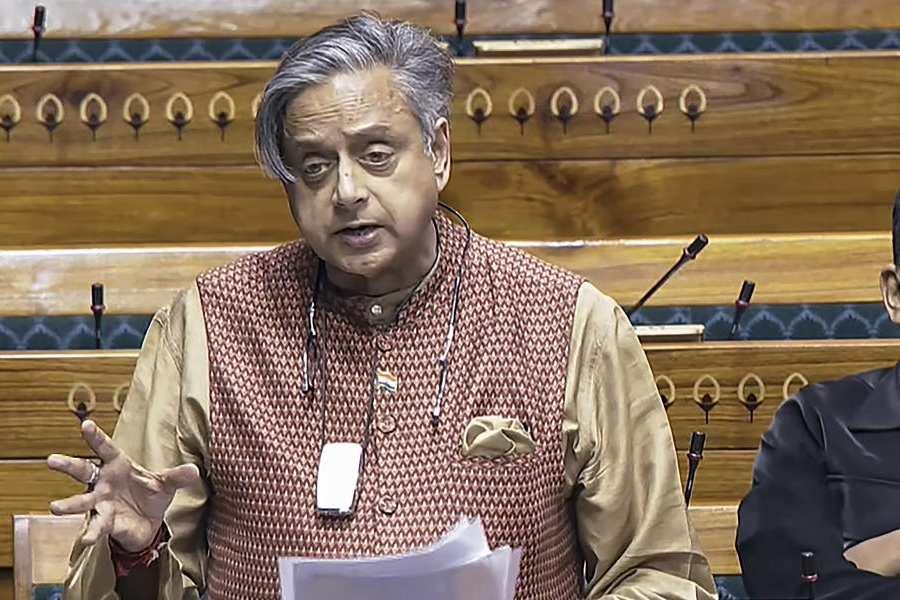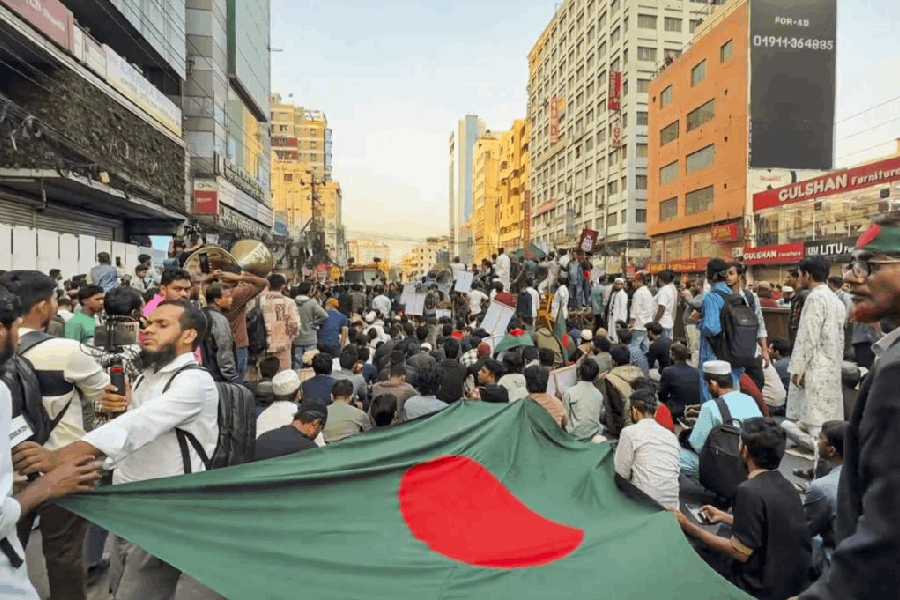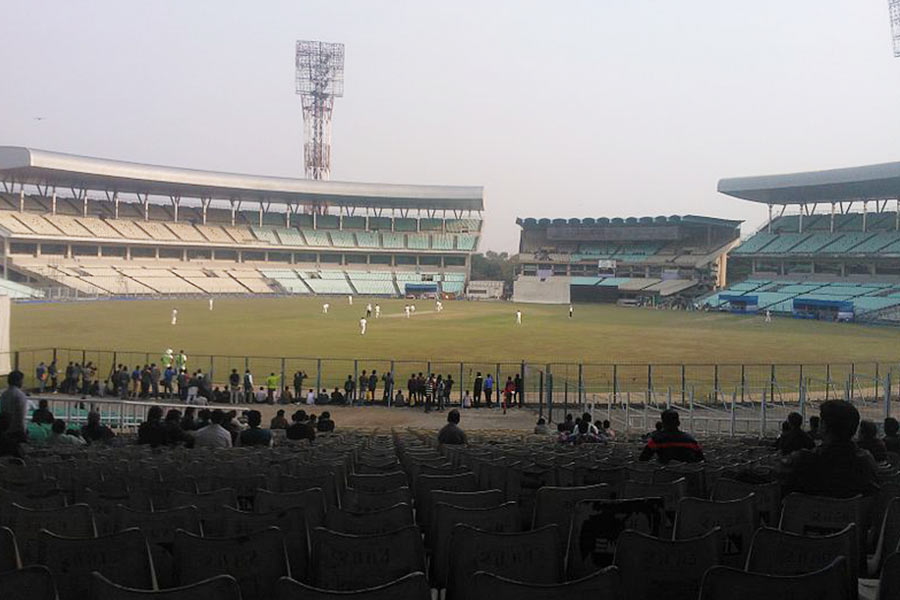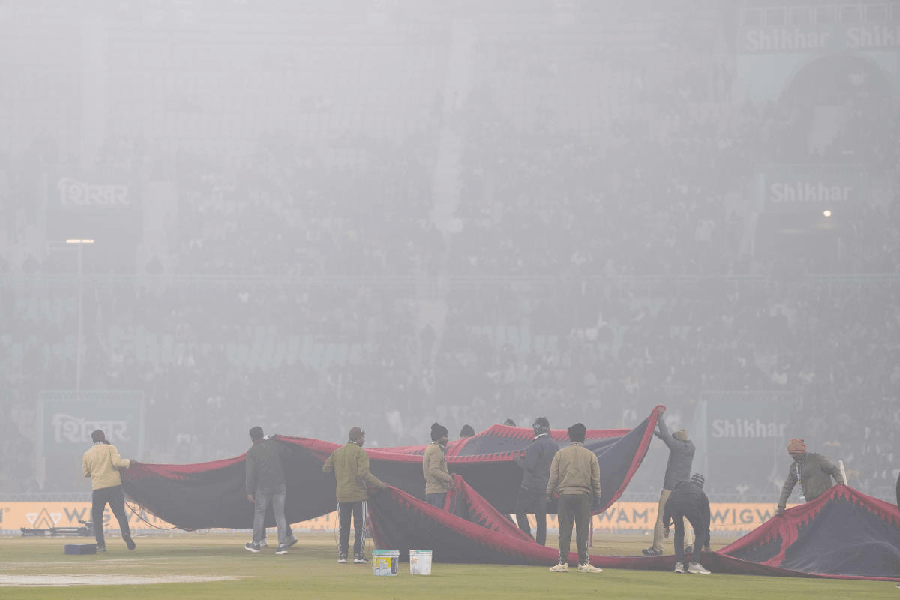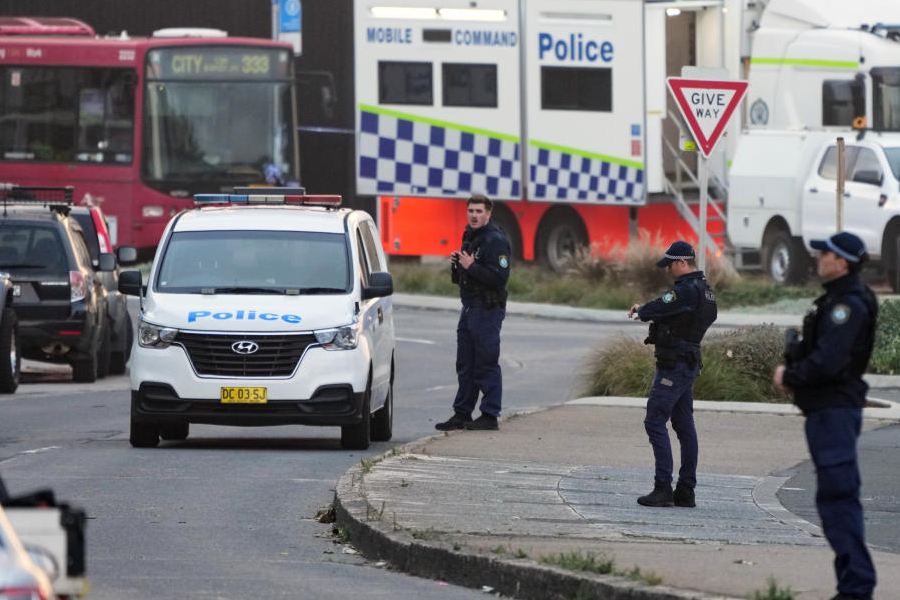 |
Tilak Raj has diligently been following a routine for the last nine years. After lunch — often at the cost of an afternoon siesta — he heads for the chaupal, the village centre, to play cards with a group of elders. It’s not the game that attracts him but the “networking” — as he puts it. He is looking out for a bride, and believes that the community gathering is the best place for matters of matrimony.
“Bring a truckload of women into this village and they will be married off in an hour,” says the 34-year-old farmer of Chhara village of Haryana’s Jhajjar, the district that boasts of the lowest child sex ratio in the country with 774 girls for 1,000 boys.
Raj isn’t exaggerating. The most discussed topic at the chaupal gatherings is marriage, besides health and employment. With fewer women than men — for Chhara’s 8,500-odd men, there are about 6,700 women — lack of partners is a matter of concern.
According to the 2011 census, for every five lakh men in Jhajjar there are about 4.4 lakh women. These are figures that speak of violence, as a poll by TrustLaw, a women’s legal news service by Thomson Reuters Foundation, demonstrates. The poll, released earlier this week, ranked India as the world’s fourth most dangerous country for women. Contributing to its high rank were trafficking, female foeticide and infanticide.
 |
That’s why on an average, most rural men in Haryana are unmarried till they are 30. “I have lost all hope of finding a bride. When even literate and employed men can’t find a wife, what chance do I have,” asks Nitish Kumar, a 39-year-old landless labourer from Chhara.
Raj and Kumar are aware of the repercussions of female foeticide which is rampant in their village. “It’s an open secret that couples terminate a pregnancy if the mother is bearing a girl child,” says Raj. “How can we ever reprimand them? It’s nobody’s business,” says Kumar.
Last week, the government made it clear that it was everybody’s business. It set up a task force in each district to promote gender equity. But while the task force plans to meet every month to take stock of the situation and strictly implement an anti-female foeticide law, the Pre-Conception and Pre-Natal Diagnostic Techniques Act, Chhara villagers are not greatly perturbed.
With a literacy rate of 72 per cent, it’s a village like any other in the Jat heartland of Haryana, just outside Delhi. It is a fairly affluent village, with a population of around 15,000 thriving on agriculture and reaping the benefits of being close to the capital. Most houses have a television set, a cable connection and even an inverter to fight Haryana’s notorious power cuts. Men are farmers, professional wrestlers or workers with jobs in nearby industrial towns.
It could pass off as a happy village, had it not been for the growing legion of unmarried men. Panchayat member Satnam Dalal believes the village has least 800 single men. The sex ratio for Chhara stood at 830 girls for 1,000 boys in 2001. The village-wise figures of 2011 census are still being tabulated, but social workers believe the number of women has fallen drastically.
 |
| BRIDE BUSINESS: Shikha Dalal was brought from Belpur in West Bengal to marry a truck driver in Jhajjar. Pictures by Prem Singh |
Not surprisingly, brides are now being imported into Haryana from places as far away as Orissa, Assam, Tripura, West Bengal and even Kerala. Pune-based non-governmental organisation (NGO) Drishti Stree Adhyayan Prabodhan Kendra surveyed 10,190 households in Haryana last year and found that 318 women had been brought from elsewhere and married in the state.
“Women are generally bought for Rs 20,000 to Rs 50,000,” says Haryana social worker Jaswanti (she only uses her first name). “Those who are fair and beautiful get offered up to Rs 1 lakh.”
Mishto Sardar came to Chhara from West Bengal six years ago to marry Rajesh Dalal. “I have no regrets. At least I get two square meals here and have a roof over my head,” says the demure 25-year-old. Her 42-year-old truck driver husband changed her name to Shikha before introducing her to the village. “My only regret is I don’t get to eat fish and rice here,” says the mother of two girls.
A family with two daughters is a rarity in Chhara. Not surprisingly, Shikha is now hoping for a son, and says will go for an ultrasound test — to know the sex of her unborn child — the next time she is pregnant. She doesn’t spell it out, but it’s clear that a girl foetus will get aborted.
“If I don’t have a son our property will be claimed by my younger brother-in-law who has a son,” says Shikha, who stays with her mother-in-law and an unmarried older brother-in-law.
Clearly, despite the lack of single women in the village, families still yearn for sons. Take Sudesh Rani from Guwahati, who was married to Dinesh Dalal five years ago. Her family includes her husband, his two unmarried brothers and their mother. “Everyone wants a son here,” says Rani who has a four-year-old daughter. Rani doesn’t speak much, but her worries about not producing a son are written on her face.
That would explain India’s skewed sex ratio. In most parts of the world, including in the poorest of countries, girls outnumber boys for biological reasons. In India, the number of women has been declining significantly. In the 1991 census, 36.24 per cent men in the 15-44 age group in Haryana were unmarried. But in most cases it was not because of choice.
Little girls are not wanted, but brides are. It’s important for joint families in Jhajjar to have at least one daughter-in-law — for not just producing a male heir but to take care of household chores as well.
“You will find many families with one daughter-in-law and many sons. They buy a bride for the most eligible son and the rest are asked to rely on destiny,” says Dr Bharat Singh, chief medical officer, Civil Hospital, Jhajjar. Landless, illiterate and unemployed men figure at the bottom of the bride market list. “I fear very soon polygamy will be adopted as a practical solution to the shortage of brides,” says Jaswanti.
Some would argue that fewer women would mean a better status for them. But Chhara shows that it’s far from true. “Women are commodities,” says Rishi Kant, founder of Shakti Vahini, a Delhi-based NGO which rescues women trafficked from West Bengal and Assam. “What value would one attach to something which has been bought for a price?”
Behavioural problems start from childhood in a society where there are fewer girls in schools and the neighbourhood. “Boys have very little interaction with girls in schools, because there are not many around,” says Krishna Devi, an anganwadi worker from the neighbouring village of Behrana, which has the lowest child sex ratio in the country — 378 girls per 1,000 boys.
But experts warn that the situation in places like Chhara and Behrana may worsen in the years to come. The widening sex imbalance may lead to spiralling socio-behavioural and medical problems. Kant believes the repercussions would range from an increase in rape cases and assaults against women to abduction and trafficking.
“The number of men visiting brothels would rise, leading to higher incidences of sexually-transmitted diseases and HIV-AIDS,” warns Rajesh Kumar, the co-author of a study on selective abortions published in a recent issue of British journal The Lancet. “We are yet to acknowledge the long-term social repercussions,” says Kumar, who is at the Chandigarh-based Postgraduate Institute of Medical Education and Research.
For the present, the repercussions are being felt by the “imported” brides who rarely step out of their homes because of language and other cultural differences. “They are treated as social outcasts. The village women look down upon them,” stresses Kant.
Jaswanti believes the adverse ratio is affecting young men in another way — many are taking to drugs. “Substance abuse among the youth in Haryana is on the rise. It is largely due to their unmarried status in a society which places the utmost importance on marriage,” she reasons.
According to some estimates, by 2025, the group of 20-something in India will face a shortage of 11 million women. The number of “bare branches” — a term used in China to describe unmarried men without progeny — will keep increasing in India. The village of Chhara — with a name that’s almost like a Hindi slang for an unmarried young man — may soon be just that: a village of men.


